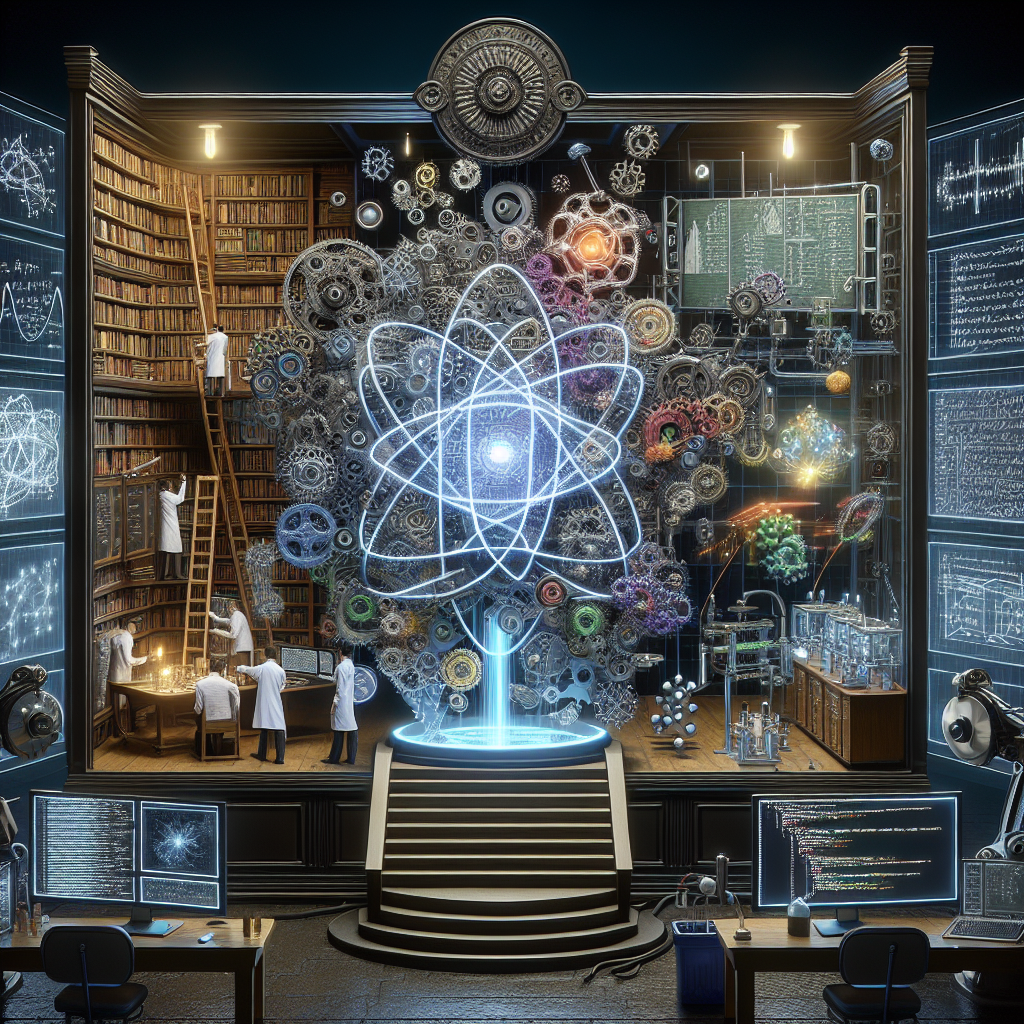Fix today. Protect forever.
Secure your devices with the #1 malware removal and protection software
Machine learning has revolutionized the way we approach problem-solving in various industries, from healthcare to finance to entertainment. With advancements in technology and the availability of powerful tools and libraries, building machine learning systems has become more accessible than ever.
Two of the most popular frameworks for deep learning are PyTorch and TensorFlow. These frameworks provide a powerful set of tools and libraries for building, training, and deploying machine learning models. In this article, we will explore how to go from theory to practice by using PyTorch and TensorFlow to build machine learning systems.
PyTorch is a deep learning framework that is known for its flexibility and ease of use. It is widely used in research and academia for its dynamic computational graph capabilities, which make it easy to experiment and iterate on models. TensorFlow, on the other hand, is a popular framework developed by Google that is known for its scalability and performance. It is widely used in production environments for its extensive set of tools and libraries.
To start building machine learning systems with PyTorch and TensorFlow, it is important to first understand the basics of deep learning. This includes concepts such as neural networks, activation functions, loss functions, and optimization algorithms. Once you have a solid understanding of these concepts, you can start building your first machine learning model.
One of the key steps in building a machine learning system is data preprocessing. This involves cleaning and preparing the data before feeding it into the model. This step is crucial for the success of the model, as the quality of the data directly impacts the performance of the model.
Next, you will need to define the architecture of the model. This involves choosing the type of neural network (such as convolutional neural networks for image data or recurrent neural networks for sequential data) and designing the layers of the network. Both PyTorch and TensorFlow provide a wide range of pre-built layers that you can use to design your model.
Once the model is defined, you can start training it using the training data. This involves feeding the data into the model, computing the loss, and updating the weights of the model using optimization algorithms such as stochastic gradient descent. Both PyTorch and TensorFlow provide easy-to-use APIs for training models, making it easy to experiment with different architectures and hyperparameters.
After training the model, you can evaluate its performance using the validation data. This involves computing metrics such as accuracy, precision, recall, and F1 score to measure how well the model is performing. You can then fine-tune the model by adjusting hyperparameters or by adding regularization techniques to improve its performance.
Finally, once you are satisfied with the performance of the model, you can deploy it in a production environment. This involves converting the model into a format that can be used by other applications, such as a web service or mobile app. Both PyTorch and TensorFlow provide tools for exporting models and deploying them in production environments.
In conclusion, building machine learning systems with PyTorch and TensorFlow is a rewarding and challenging process. By understanding the basics of deep learning, preprocessing data, defining model architecture, training the model, evaluating performance, and deploying the model, you can build powerful machine learning systems that can solve a wide range of problems. With the right tools and knowledge, the possibilities are endless in the world of deep learning.
Fix today. Protect forever.
Secure your devices with the #1 malware removal and protection software
#Theory #Practice #Building #Machine #Learning #Systems #PyTorch #TensorFlow #Deep #Learning,understanding deep learning: building machine learning systems with pytorch
and tensorflow

Leave a Reply
You must be logged in to post a comment.